commentary Commentary
Commentary: The long, winding road back to a US-China trade deal
Still, talks between US President Trump and Chinese leader Xi Jinping remain positive and upbeat as gestures to meet halfway produce greater confidence and assurance, says Tom McGregor.
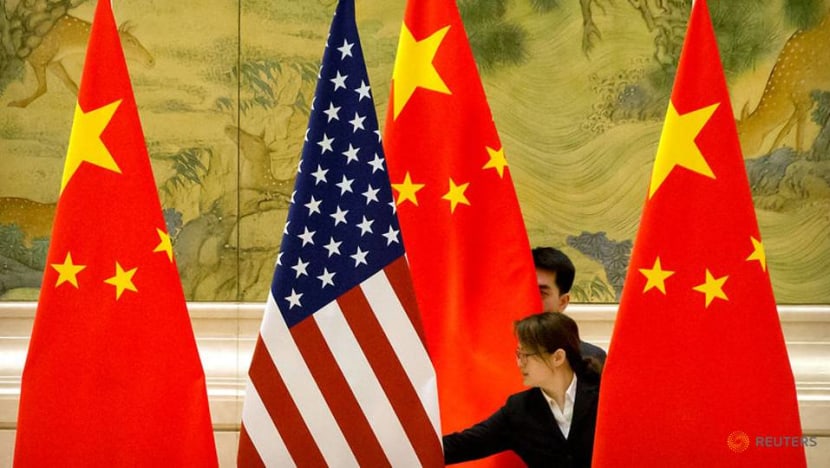
Staff members adjust US and Chinese flags before the opening session of trade negotiations between US and Chinese trade representatives in Beijing on Feb 14, 2019. (Photo: Mark Schiefelbein/Pool via Reuters)
BEIJING: After a lengthy and dramatic pause since the collapse of the US-China trade truce in May, and US President Donald J Trump and Chinese President Xi Jinping’s meeting face-to-face at the 2019 G20 Leaders’ Summit in Osaka, Japan last month, White House and Chinese trade officials have concluded another round of “high-level trade consultations” in Shanghai.
Whereas in prior negotiations, strict timelines had been set with high expectations and firm demands; this time around, neither Beijing nor Washington demonstrated impatience to make a deal happen.
They had returned to the negotiating table after learning important lessons from previous engagements.
NO MORE BAD NEGOTIATION BEHAVIOUR
A lot of bad behaviour seen in previous rounds appear to have been stamped out. Chinese trade officials recognised that Trump is not eager for a trade deal and they should not test his patience by submitting last-minute revisions to already agreed upon trade terms.
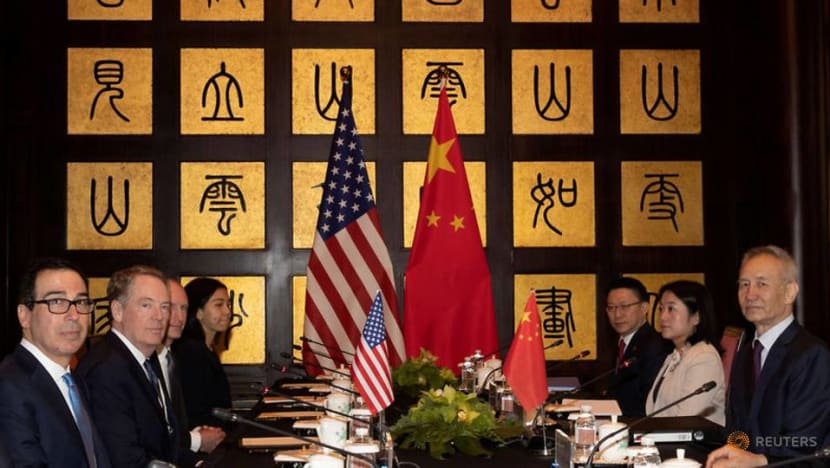
White House trade officials discovered that delivering ultimatums and making veiled threats about China’s economy will not inspire President Xi to sign a trade deal.
The Trump-Xi summit in Osaka also appears to have transformed the atmospherics of the bilateral exchanges as both sides seem keen to forge ahead in a spirit of mutual respect.
We can expect the positive vibes to continue even if negotiations behind-the-scenes remain rough.
POSITIVE OVERT STEPS
Beijing has announced that Chinese importers have begun to take orders for US farm produce including soybeans, cotton, pork and sorghum, while future orders are being processed for US-grown wheat, corn and dairy products.
These goodwill gestures have uplifted the US-China trade talks in Shanghai. Even China hawks in Beijing are beginning to see light at the end of the tunnel.
READ: China is just biding its time in this trade war, a commentary
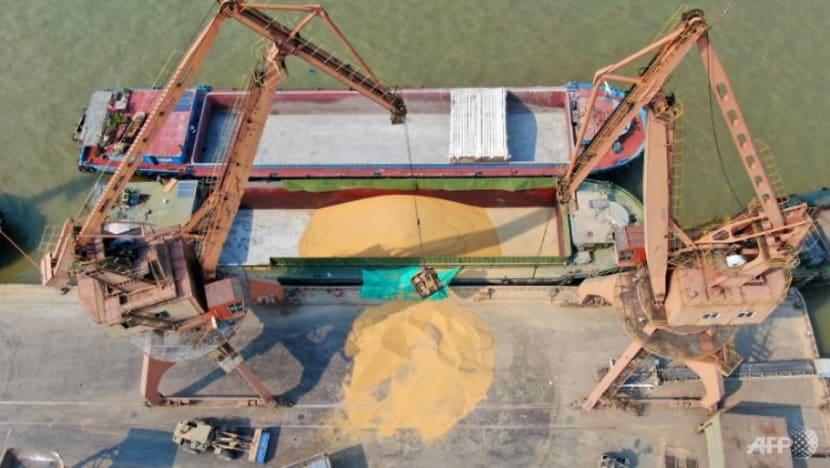
Hu Jixin, editor-in-chief of state-owned Global Times newspaper and a fierce defender of the Chinese government, posted a Tweet saying:
Chinese and US negotiators started talks again. Based on what I know the atmosphere is good. I hope this beginning indicates the future talks will be smoother than various pessimistic predictions.
His comments seem all the more surprising, since he has earned a reputation for typically going on the offensive to attack Washington and the Trump administration in his commentaries on US-China ties.
WILL THERE BE A DEAL SIGNED BEFORE 2020 ELECTIONS?
Now is a good time for Beijing to make the argument that having both sides sign a bilateral trade deal can be a win-win.
Because President Trump can walk away if he feels the US has given more than it receives, China’s proactive move to import more US agriculture goods is a step in the right direction to allay fears that is not sincere and set a positive tone for the talks.
Beijing has also expressed a greater willingness to open up its financial, banking and insurance sectors to welcome more US companies – and has taken concrete steps to remove limits on domestic ownership in local banks and scrap size requirements for foreign firms that operate on its shores.
READ: Trump and Xi need a trade deal and they need it soon, a commentary
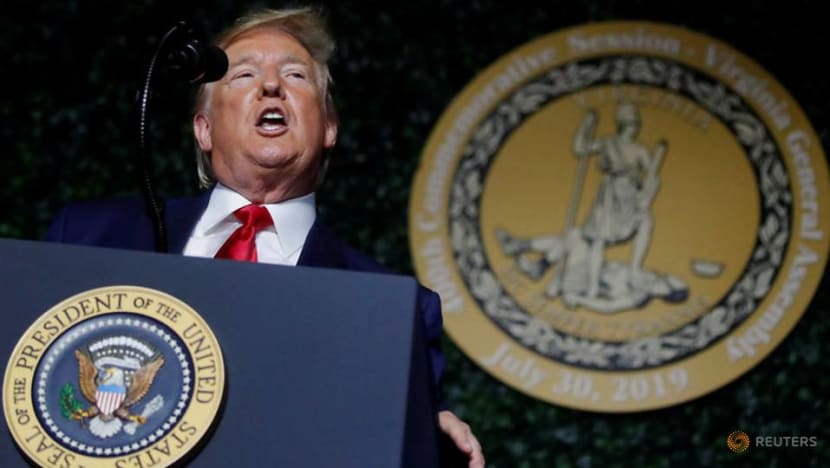
Earlier last month, the US lifted its additional tariffs on 110 items of Chinese industrial products, and according to news agency, Xinhua, expressed its willingness to encourage US businesses to continue trading with Chinese enterprises.
US Commerce Secretary Wilbur Ross has also indicated that license applications by US firms to resume some sales to Huawei could come as early as next week.
However, President Trump has expressed concerns about Beijing’s reliability in keeping their word to purchase US agriculture goods.
“That is the problem with China, they just don’t come through,” he said in a series of tweets.
There is much at stake for China. The US has a huge trade deficit with China. If Beijing fails to narrow trade imbalances in the next few months, President Trump may be tempted to break the trade truce to bolster his bargaining position.
READ: In the eye of a trade war storm but China still takes the long view, a commentary
Meanwhile, Chinese trade officials have raised concerns that Washington’s demands - not least sweeping changes to end forced tech transfers, curbs on Chinese industrial subsidies, and new protections for American intellectual property - require structural changes that will take time to implement even if China acquiesced.
LONG, WINDING ROAD
But Beijing too has chips in its hands. It has stated requirements to conclude a bilateral trade agreement, which includes the immediate removal of all existing tariffs, a balanced agreement, and realistic targets for additional Chinese purchases of American products.
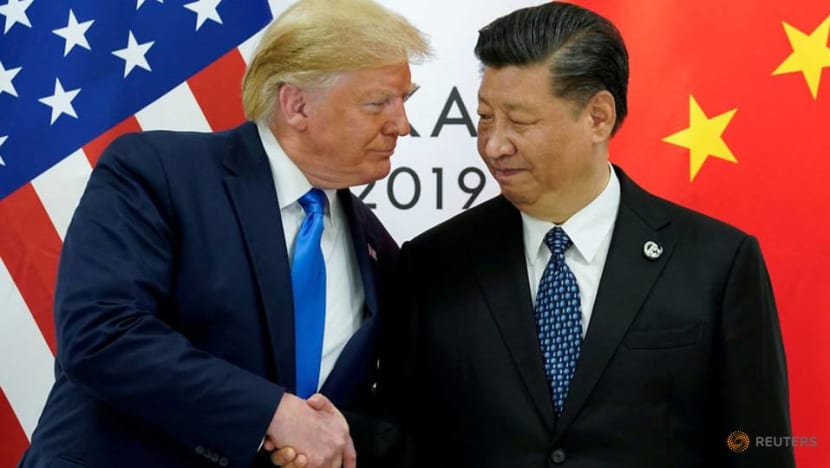
READ: Few options for China in next phase of Trump’s trade war, a commentary
But how does one define “balanced agreement” and “realistic targets”? White House and Chinese trade officials will be negotiating these issues for a long while ahead.
Although new reports highlight China’s slowest growth in three decades, growth remains robust but moderated as the country rebalances its economic strategy to prioritise inclusive sustainable development. It isn’t, as Trump declared, crashing.
I have lived and worked in Beijing since 2010. The shops are full. Retail sales in 2018 were higher than the year before. The mood in the country is positive.
National unemployment rates, especially for those aged between 25 and 59, have dropped, suggesting slowing growth as the country reaches full employment and the need for restructuring.
It might be in President Trump’s interest to hold off making a trade deal until after his possible re-election in 2020 so that he isn’t painted as having traded away America’s interests.
That way he can also claim he has gotten tough on China.
READ: US President in 2020 - why Donald Trump could win again, a commentary
The road to a trade deal is long and winding. For now, with a trade truce, both sides are in no hurry to conclude an agreement.
But after 2020, both sides will see benefits in doing so – not least because it leaves behind a legacy for Trump, and allows China to get back to business as usual.
Tom McGregor is a commentator on Asia-Pacific affairs based in Beijing.












